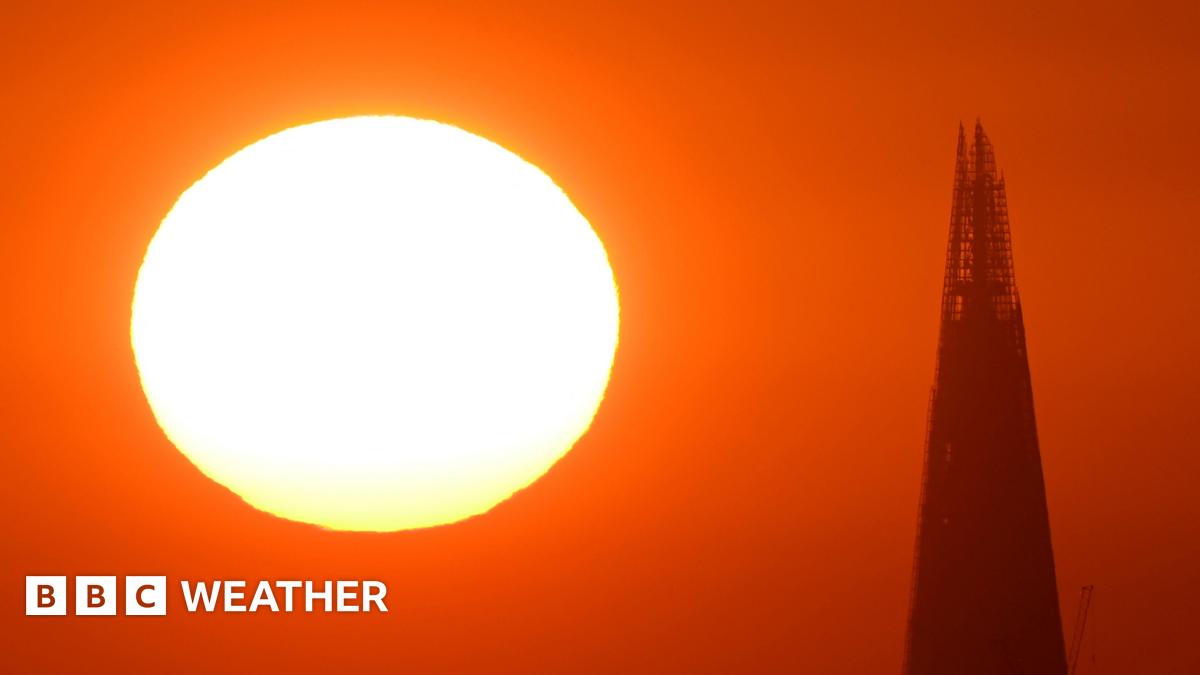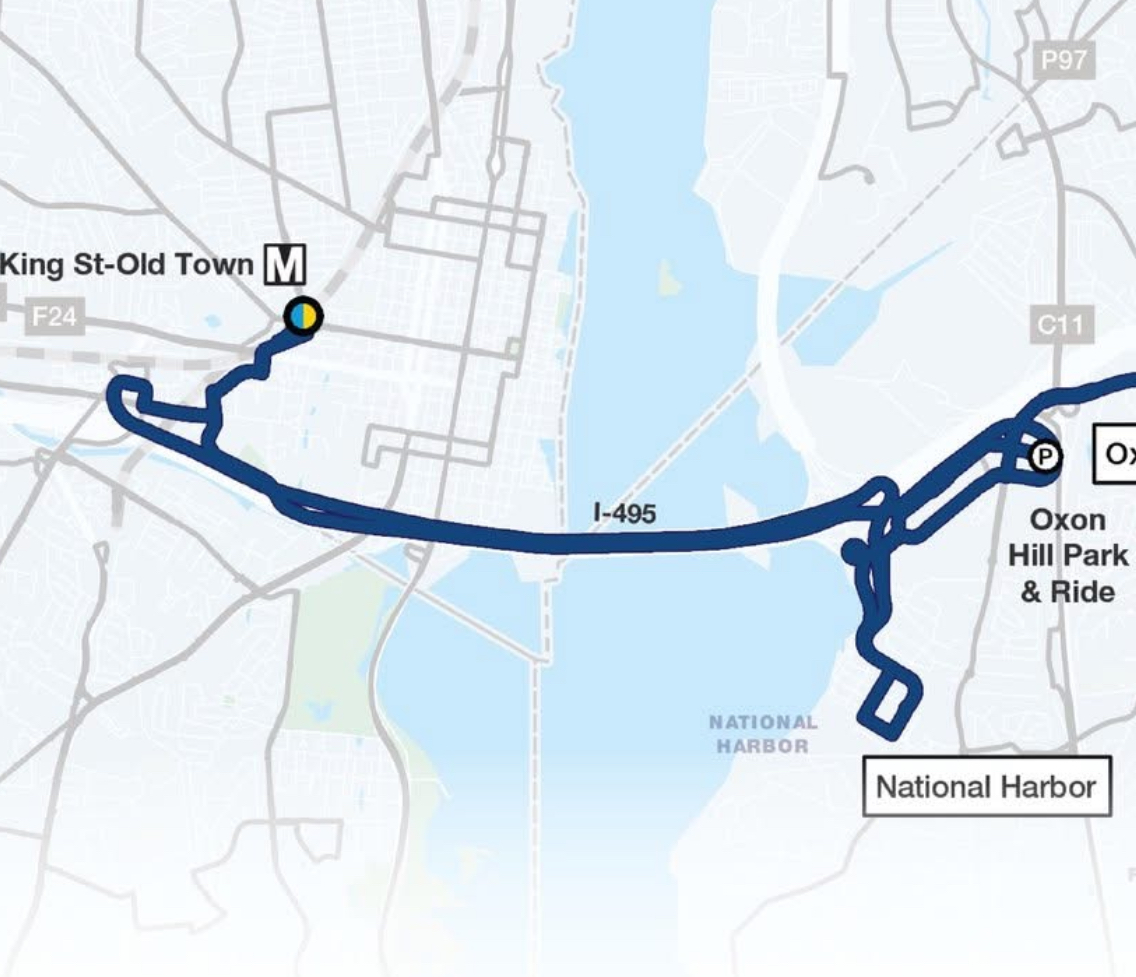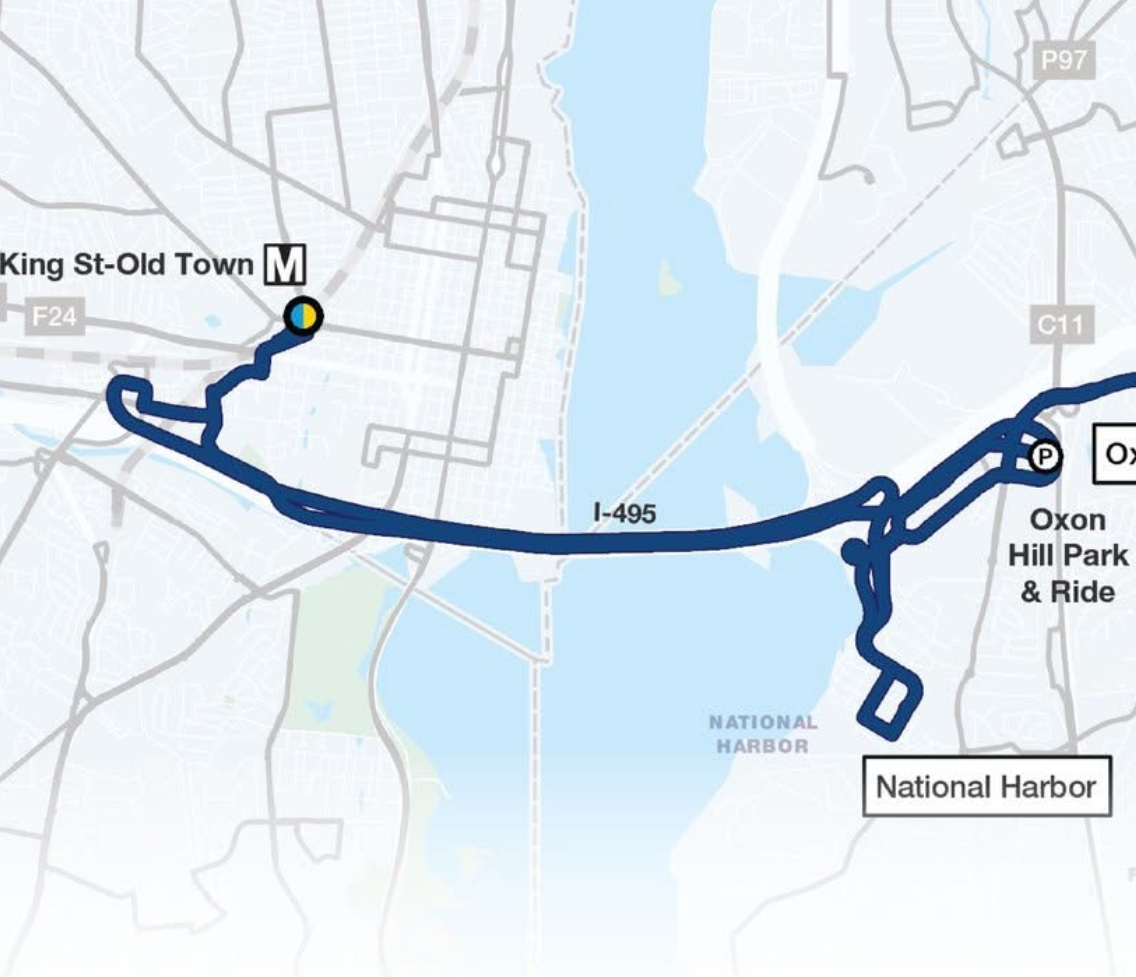UK Heatwaves: The Science Behind Rising Urban Temperatures

Welcome to your ultimate source for breaking news, trending updates, and in-depth stories from around the world. Whether it's politics, technology, entertainment, sports, or lifestyle, we bring you real-time updates that keep you informed and ahead of the curve.
Our team works tirelessly to ensure you never miss a moment. From the latest developments in global events to the most talked-about topics on social media, our news platform is designed to deliver accurate and timely information, all in one place.
Stay in the know and join thousands of readers who trust us for reliable, up-to-date content. Explore our expertly curated articles and dive deeper into the stories that matter to you. Visit Best Website now and be part of the conversation. Don't miss out on the headlines that shape our world!
Table of Contents
UK Heatwaves: The Science Behind Rising Urban Temperatures
The UK is experiencing increasingly frequent and intense heatwaves, with urban areas bearing the brunt of the soaring temperatures. This isn't just a matter of uncomfortable summer days; it's a complex issue with significant implications for public health, infrastructure, and the environment. Understanding the science behind these rising urban temperatures is crucial to mitigating their effects and building more resilient cities.
The Urban Heat Island Effect: A Concrete Jungle's Fever
The primary driver behind higher urban temperatures is the Urban Heat Island (UHI) effect. This phenomenon describes the tendency for cities to be significantly warmer than their surrounding rural areas. Several factors contribute to this:
-
Reduced Vegetation: Concrete, asphalt, and buildings absorb and retain significantly more heat than vegetation. Trees and green spaces provide shade and evapotranspiration (the process of water evaporating from plants), cooling the surrounding air. The lack of these natural cooling mechanisms in dense urban environments exacerbates heat build-up.
-
Building Materials: Many building materials, particularly dark-colored ones, absorb and radiate heat, contributing to higher ambient temperatures. This is further intensified by the limited airflow in densely packed urban areas.
-
Waste Heat: Human activities, such as industrial processes, transportation, and air conditioning, release significant amounts of waste heat into the atmosphere, adding to the overall temperature increase. The concentration of these activities in urban centres amplifies this effect.
-
Altered Airflow: Tall buildings and narrow streets disrupt natural wind patterns, reducing ventilation and trapping heat within urban canyons. This lack of airflow prevents heat dissipation.
The Impact of Climate Change: A Double Whammy
The UHI effect is exacerbated by climate change. Rising global temperatures create a baseline of higher heat, making the already warmer urban environment even hotter and increasing the frequency and intensity of heatwaves. This creates a dangerous feedback loop: higher temperatures increase the demand for air conditioning, which in turn releases more waste heat, further increasing temperatures.
Health Implications: A Growing Concern
The increased frequency and intensity of UK heatwaves pose significant risks to public health. Vulnerable populations, including the elderly, young children, and those with pre-existing health conditions, are particularly susceptible to heatstroke and other heat-related illnesses. [Link to relevant NHS advice on heatwave health risks]. Studies have shown a direct correlation between rising temperatures and increased hospital admissions and mortality rates during heatwaves.
Mitigation Strategies: Building Cooler Cities
Addressing the issue requires a multi-pronged approach:
-
Increasing Green Spaces: Planting more trees and creating green roofs and walls can significantly reduce urban temperatures by providing shade and promoting evapotranspiration.
-
Sustainable Building Materials: Using lighter-colored and reflective building materials can reduce heat absorption.
-
Improved Urban Planning: Designing cities with better ventilation and airflow can help dissipate heat more effectively. This includes wider streets, strategically placed green spaces, and the use of green infrastructure.
-
Investing in Sustainable Transportation: Reducing reliance on fossil fuel-powered vehicles can decrease waste heat emissions. Promoting cycling, walking, and public transport are crucial steps.
The Future of UK Cities: A Call to Action
The rising temperatures in UK cities pose a serious challenge, but it is not insurmountable. By implementing evidence-based mitigation strategies, we can create more resilient and livable urban environments. This requires a collaborative effort from policymakers, urban planners, architects, and citizens alike. We must act now to mitigate the effects of the UHI effect and climate change to protect public health and build a sustainable future for our cities. [Link to a relevant government initiative on climate change adaptation]. The time for action is now.

Thank you for visiting our website, your trusted source for the latest updates and in-depth coverage on UK Heatwaves: The Science Behind Rising Urban Temperatures. We're committed to keeping you informed with timely and accurate information to meet your curiosity and needs.
If you have any questions, suggestions, or feedback, we'd love to hear from you. Your insights are valuable to us and help us improve to serve you better. Feel free to reach out through our contact page.
Don't forget to bookmark our website and check back regularly for the latest headlines and trending topics. See you next time, and thank you for being part of our growing community!
Featured Posts
-
 June 29th Wmata Launches Direct Rail Service Between Maryland And Virginia
Jul 01, 2025
June 29th Wmata Launches Direct Rail Service Between Maryland And Virginia
Jul 01, 2025 -
 Ilia Topurias Ko Victory Ufc 317 Vacant Belt Claimed
Jul 01, 2025
Ilia Topurias Ko Victory Ufc 317 Vacant Belt Claimed
Jul 01, 2025 -
 New Direct Rail Link Between Maryland And Virginia Launches June 29th Wmata Details
Jul 01, 2025
New Direct Rail Link Between Maryland And Virginia Launches June 29th Wmata Details
Jul 01, 2025 -
 Cuyahoga County Power Outage Leaves Thousands In The Dark
Jul 01, 2025
Cuyahoga County Power Outage Leaves Thousands In The Dark
Jul 01, 2025 -
 Wimbledon Djokovics Prime Opportunity For Grand Slam Record
Jul 01, 2025
Wimbledon Djokovics Prime Opportunity For Grand Slam Record
Jul 01, 2025
Latest Posts
-
 Financial Issues And Gambling Allegations Surround Nbas Michael Beasley
Jul 03, 2025
Financial Issues And Gambling Allegations Surround Nbas Michael Beasley
Jul 03, 2025 -
 Darren Waller Unretires Dolphins Acquire Tight End In Trade
Jul 03, 2025
Darren Waller Unretires Dolphins Acquire Tight End In Trade
Jul 03, 2025 -
 Darren Waller Unretires Traded To Miami Dolphins Nfl Trade Details
Jul 03, 2025
Darren Waller Unretires Traded To Miami Dolphins Nfl Trade Details
Jul 03, 2025 -
 Damian Lillard Waived Myles Turner Signed Full Bucks Free Agency Update
Jul 03, 2025
Damian Lillard Waived Myles Turner Signed Full Bucks Free Agency Update
Jul 03, 2025 -
 Commissioners Cup Final Fever Star Clark Sidelined
Jul 03, 2025
Commissioners Cup Final Fever Star Clark Sidelined
Jul 03, 2025
